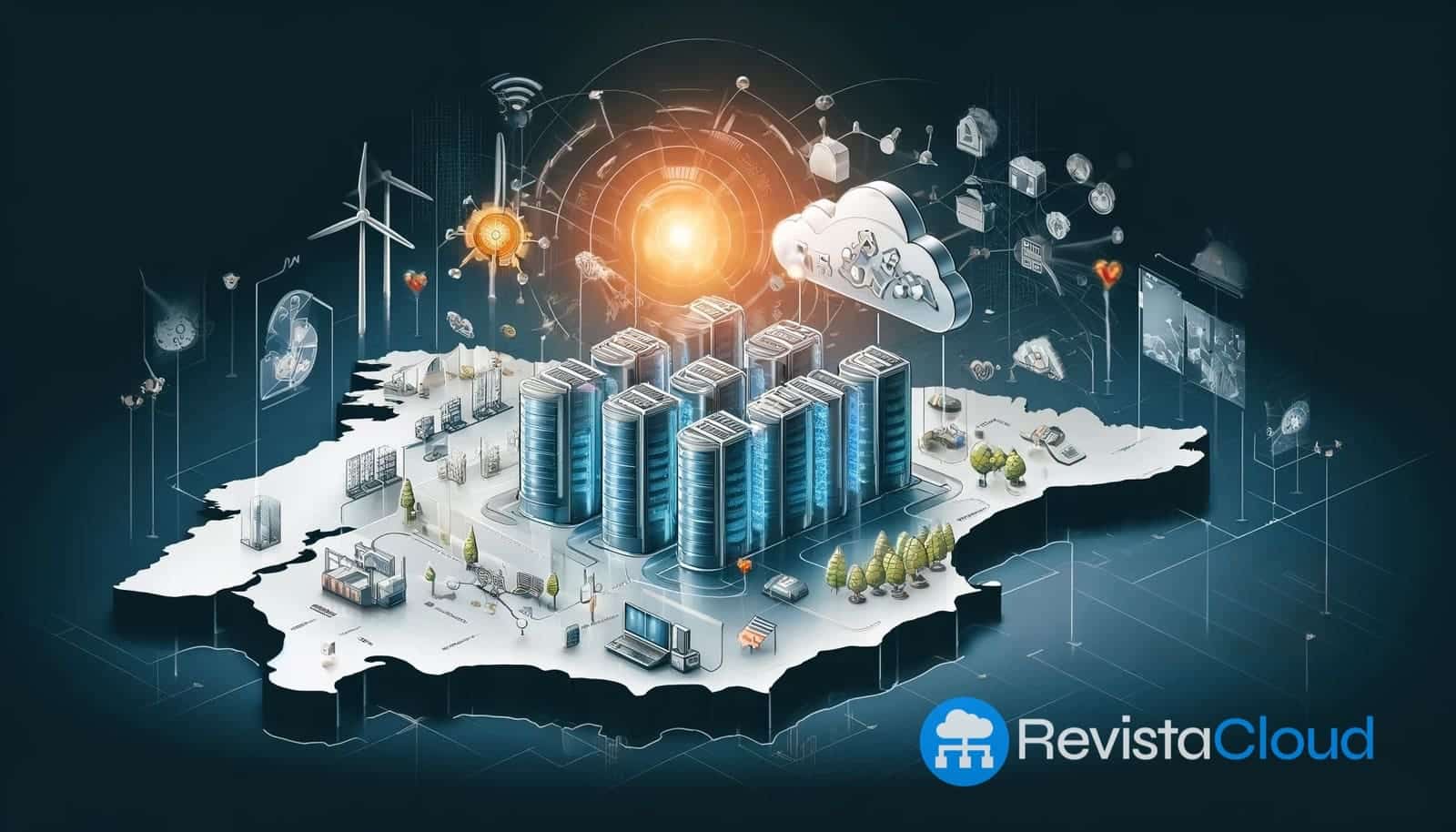In recent years, Spain has become an attractive destination for tech giants from Silicon Valley, who have decided to install large data centers in our country. Companies such as Amazon, Google, Oracle, IBM, Grupo Aire, Meta, and Microsoft have planned to deploy these essential infrastructures for the hyperconnected world and the growth of artificial intelligence (AI). However, this development has raised concerns due to the high water and energy consumption required by these centers, especially in a context of increasingly frequent droughts.
The impact of water and energy on data centers
Data centers are essential for storing the digital information of companies and users. In the era of Big Data, the demand for these facilities has grown exponentially, and their size and resource consumption have also increased significantly. Aurora Gomez, from the association ‘Your cloud dries my river’, highlights the magnitude of these centers, comparing them to data macro-farms that demand enormous amounts of water and energy.
The need to cool these data centers to maintain an adequate operating temperature has led companies to opt for the use of water instead of electricity, due to its lower cost. A study published in the journal Nature in 2021 revealed that a medium-sized center (15MW) can use as much water as three hospitals or two golf courses. This consumption is alarming in regions where water resources are already scarce.
The deployment of data centers in Spain
Amazon was the first to establish itself in Spain, opening three data centers in Aragon in 2022 and announcing further expansion in 2024. Microsoft and Meta have also followed suit, with significant investments in AI infrastructure and data centers in Madrid and Toledo. Although these investments have been well received by local and regional authorities, the lack of transparency regarding the water and energy consumption of these centers has raised concerns.
Meta, for example, has indicated that its data center in Talavera de la Reina will consume 500,000 cubic meters of water per year, representing 8% of the city’s water consumption. The companies assure that they will use 100% renewable energy, but have not provided specific details on their plans to mitigate water consumption.
Geography, submarine cables, and renewables: reasons for installation in Spain
Spain offers several advantages for data center installation, including abundant renewable energy production and a strategic geographic location that facilitates connection to crucial submarine cables for internet operation. However, market saturation in other European countries and the permissiveness of local administrations have also played a significant role in attracting these companies.
Controversies and local opposition
The establishment of data centers has not been without controversy in other regions of the world. In the Netherlands, Ireland, and Singapore, concerns about electricity and water consumption have led to moratoriums on the construction of new facilities. In Uruguay, Google’s plan to build a data center was met with outrage due to its anticipated impact on water resources.
Is it worth the consumption to send “cat memes”?
Expert Ana Valdivia emphasizes the need for greater transparency from companies and stricter regulation from governments to evaluate the real impact of these centers. “We have to think about what digital resources are necessary and which are not,” Valdivia suggests, questioning the use of high-consumption platforms like TikTok and the metaverse.
Aurora Gomez, from ‘Your cloud dries my river’, advocates for “computing with limits” and suggests solutions such as public data infrastructure and simple measures like turning off machines at night to reduce unnecessary consumption.
In summary, while data centers are crucial for our digital life, their impact on natural resources raises serious questions about sustainability and the need for more balanced and transparent management.
Check out the program “Journey inside a data center” on RTVE.

